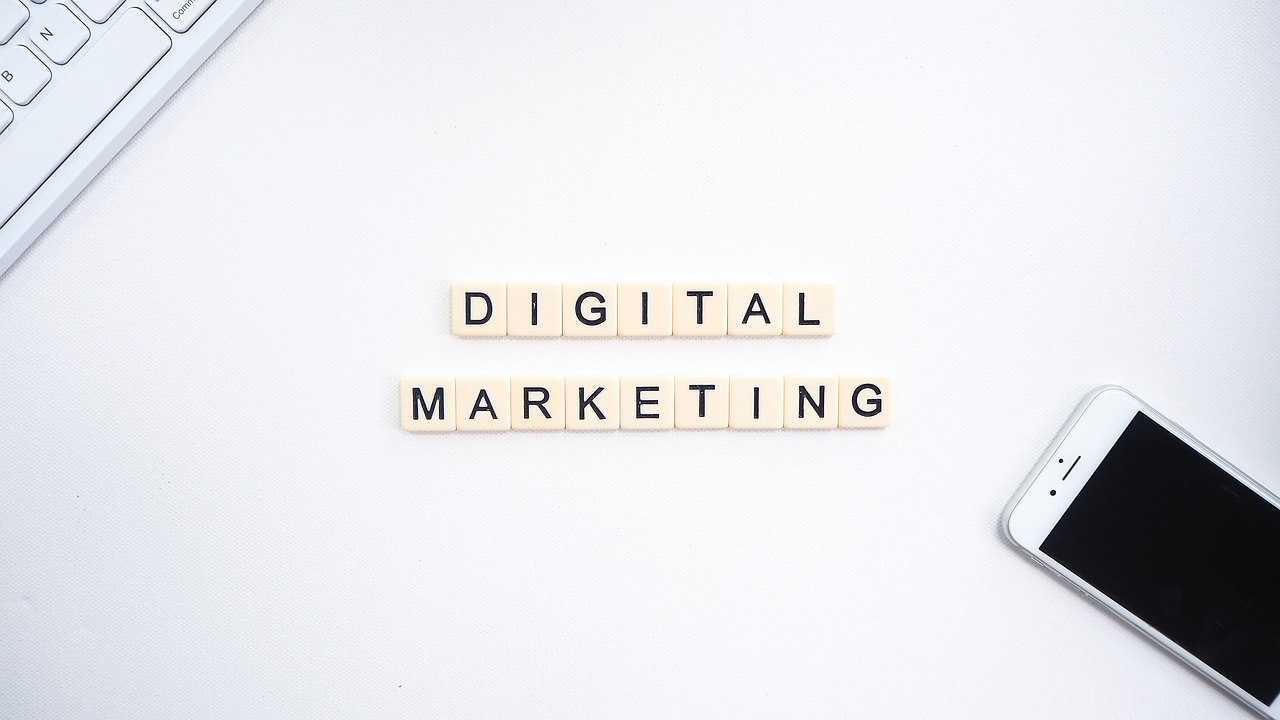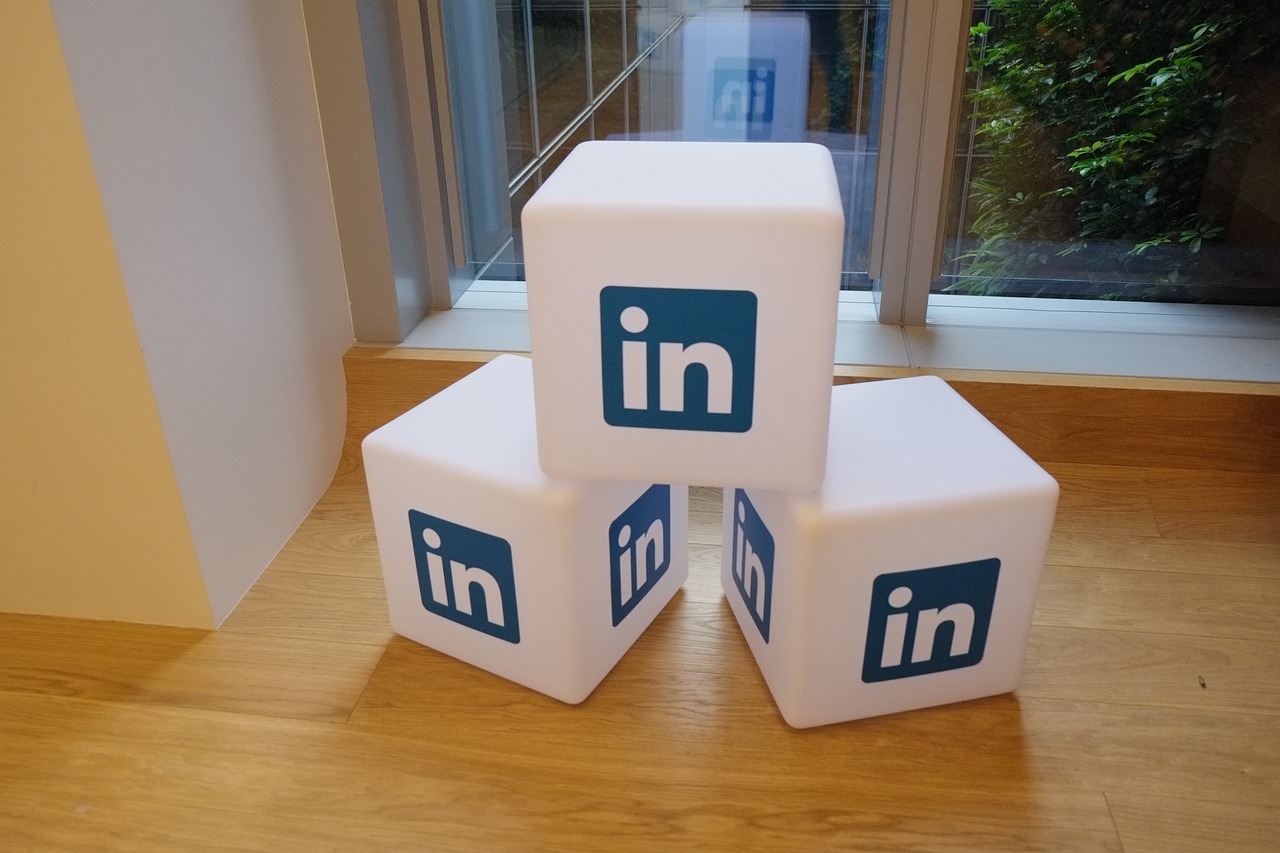Email marketing remains one of the most powerful and cost-effective methods of reaching customers, nurturing leads, and driving conversions. With the right strategy, email marketing can deliver impressive ROI and create long-lasting relationships with your audience. Whether you’re a seasoned marketer or new to the field, implementing best practices in your email marketing campaigns can significantly improve your results.
In this guide, we’ll explore the best practices that will help you create successful, engaging, and results-driven email marketing campaigns that resonate with your audience and encourage them to take action.
1. Build and Segment Your Email List Wisely 📋💼
Advertisement
The foundation of any successful email campaign is a high-quality, well-segmented email list. The more targeted and relevant your emails are, the more likely your audience will engage with them.
How to build and segment your email list:
- Offer Value Upfront: Use lead magnets such as downloadable guides, free trials, or exclusive offers to entice users to join your email list.
- Use Opt-In Forms: Create easy-to-fill opt-in forms on your website, landing pages, and social media profiles to capture email addresses.
- Segment Your List: Group your contacts based on demographics, interests, behavior, and purchase history to send tailored content. This ensures that each message resonates with the right audience.
- Regularly Clean Your List: Remove inactive subscribers to maintain list health and improve deliverability.
By segmenting your audience and targeting them with the right content, you’ll achieve higher engagement rates and reduced unsubscribe rates.
2. Craft Compelling Subject Lines that Grab Attention 🎯✉️
The subject line is the first thing your recipients see in their inbox, and it plays a crucial role in whether or not your email will be opened. A strong subject line grabs attention, sparks curiosity, and encourages recipients to open the email.
Tips for creating effective subject lines:
- Keep It Short and Sweet: Aim for subject lines that are concise (under 50 characters) and to the point.
- Personalize: Use the recipient’s name or refer to their interests or past behavior to make the email feel more personal.
- Create Urgency: Phrases like “Limited time offer,” “Only a few left,” or “Last chance” can motivate subscribers to act quickly.
- Avoid Spam Triggers: Steer clear of using all caps, excessive punctuation, or overly promotional language, which can land your email in the spam folder.
A well-crafted subject line piques interest, improving your open rates and increasing the likelihood that your email will be read.
Advertisement
3. Design Visually Appealing and Mobile-Friendly Emails 📱💻
In today’s digital age, many emails are opened on mobile devices. Ensuring that your emails are visually appealing and responsive across all devices is critical for maximizing engagement.
Best practices for email design:
- Responsive Design: Use a responsive design that adapts to various screen sizes, ensuring readability on both desktop and mobile devices.
- Clear Layout: Use a clean, simple layout with a clear hierarchy. Use short paragraphs, bullet points, and headings to break up text and make the email easy to scan.
- Visual Elements: Incorporate high-quality images, graphics, and buttons that align with your brand’s aesthetic and encourage action.
- Easy-to-Read Fonts: Choose fonts that are easy to read on both desktop and mobile, with a minimum font size of 14px for body text.
By focusing on mobile-friendly and visually appealing designs, you enhance the user experience, making it easier for your audience to read and act on your emails.
4. Use a Clear and Compelling Call to Action (CTA) 🔥📣
Every email you send should have a clear objective. Whether you want recipients to purchase a product, download a resource, or sign up for a webinar, your call to action (CTA) should make it clear what action you want them to take.
Tips for creating effective CTAs:
- Be Specific: Use actionable language that tells recipients exactly what to do, such as “Download Now,” “Shop Today,” or “Register Here.”
- Make It Stand Out: Use buttons or bold text to make your CTA eye-catching and easy to find.
- Keep It Simple: Don’t overwhelm your subscribers with too many CTAs. One clear action per email is often more effective.
- Create Urgency: Adding time-sensitive language like “Today Only” or “Limited Availability” can push recipients to take action sooner.
A strong, clear CTA can significantly increase your conversion rates by guiding recipients toward the desired outcome.
5. Personalize Your Emails for Increased Engagement 💌💬
Personalization goes beyond just adding the recipient’s name in the subject line. Tailoring the content of your emails based on subscribers’ preferences, behavior, and interactions can dramatically increase engagement and conversions.
How to personalize your emails:
- Use Behavioral Data: Personalize based on past purchases, page visits, or abandoned cart actions. For example, send product recommendations based on browsing history or special offers for recently viewed items.
- Segment Your Audience: As mentioned earlier, segmenting your email list allows you to send tailored messages that are relevant to each recipient.
- Dynamic Content: Use dynamic content blocks to display different messages, images, or offers depending on the recipient’s behavior or demographic.
Personalized emails create a sense of relevance and build stronger relationships with your audience, leading to higher open rates and conversions.
6. A/B Test Your Emails for Continuous Improvement 🔬📊
A/B testing, or split testing, is one of the best ways to optimize your email campaigns. By testing different elements such as subject lines, CTAs, designs, and content, you can determine what resonates best with your audience and improve future campaigns.
What to test:
- Subject Lines: Test different subject lines to see which one generates the highest open rate.
- CTAs: Experiment with different CTA copy and placement to determine what drives more clicks.
- Design Layout: Test different email layouts (e.g., single-column vs. multi-column) to see which results in better engagement.
- Send Times: Try sending emails at different times of day or days of the week to find the optimal time for your audience.
By continuously A/B testing your campaigns, you’ll gain valuable insights that will help you refine your email marketing strategy for maximum effectiveness.
7. Monitor and Analyze Campaign Performance 📈💡
To ensure that your email marketing efforts are paying off, it’s essential to track key performance metrics and analyze the results of your campaigns. This data will help you understand what’s working, what’s not, and where you can make improvements.
Key metrics to track:
- Open Rate: The percentage of recipients who opened your email. A low open rate may indicate issues with your subject lines or segmentation.
- Click-Through Rate (CTR): The percentage of recipients who clicked on a link in your email. A low CTR may suggest that your CTA or email content needs improvement.
- Conversion Rate: The percentage of recipients who completed the desired action, such as making a purchase or signing up for an event.
- Unsubscribe Rate: The percentage of recipients who unsubscribed from your emails. A high unsubscribe rate may indicate that your emails are not meeting their expectations.
By regularly monitoring these metrics and making data-driven decisions, you can continuously refine your email campaigns to achieve better results.
8. Respect Privacy and Stay Compliant with Regulations ⚖️🔒
Respecting your subscribers’ privacy is not only ethical but also legally required in many regions. Ensure that your email marketing practices comply with laws such as the General Data Protection Regulation (GDPR), the CAN-SPAM Act, and other privacy regulations.
Best practices for compliance:
- Obtain Consent: Always get explicit permission from subscribers before sending marketing emails.
- Easy Opt-Out: Include a clear and easy-to-find unsubscribe link in every email to allow recipients to opt out if they wish.
- Protect Subscriber Data: Use secure methods to store and handle your subscribers’ data to protect their privacy.
By adhering to privacy laws and respecting your subscribers’ preferences, you’ll build trust and maintain a positive reputation for your brand.
Conclusion: Drive Results with Effective Email Marketing 🚀💪
Email marketing is an incredibly effective tool for businesses of all sizes. By implementing best practices such as building a high-quality list, optimizing your email designs, personalizing content, and analyzing campaign performance, you can create email campaigns that deliver meaningful results. Keep testing, adapting, and refining your strategy to keep up with changing trends and maximize the effectiveness of your email marketing efforts.
With the right approach, email marketing can be a powerful tool for building lasting customer relationships, increasing sales, and driving business growth.
Advertisement









